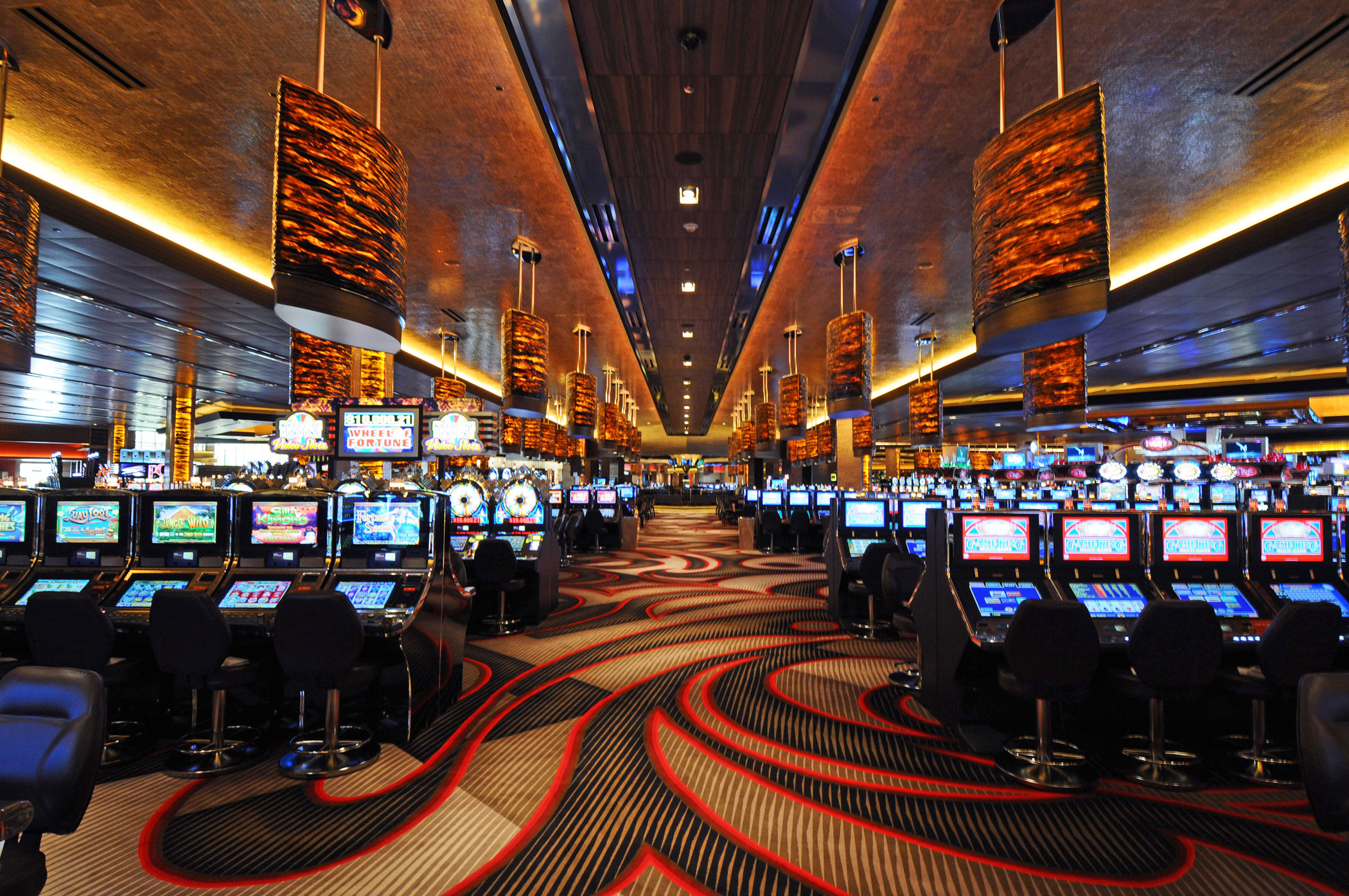
Within a dynamic and thrilling world of casinos, wherein fortune and tactics intertwine, hues and aesthetic play a critical role in drawing in gamblers. From the moment players step inside a casino or log into a gaming website, they are immersed in a sightly feast that grabs their attention and entices them to explore more. Vivid colors, engaging graphics, and creative layouts are carefully crafted to create an environment of thrill and expectation, ultimately improving the gaming encounter.
While players move through the ever-changing landscape of casino games, they come across a range of designs that not only serve aesthetic purposes but also affect feelings and decision-making. Colors like scarlet and gold symbolize wealth and luck, while calm navy and greens can create a much tranquil environment. Understanding how these elements function together enables casinos to create an welcoming and energizing atmosphere that encourages players to engage with the games, invest additional time at the tables, and increase their general enjoyment.
The Psychology of Color in Gaming Establishments
Hue plays a key role in the design of gambling games, shaping players’ emotional states and responses. Bright and vibrant shades, such as crimson and amber, are often used to ignite enthusiasm and attract attention. These shades create a sense of pressure and vitality, encouraging players to involve themselves more eagerly with the activity. By thoughtfully selecting tints, creators aim to evoke emotions of satisfaction and anticipation, which can enhance the total game experience.
Different hues also have psychological associations that can impact how gamblers perceive their odds of victory. For case, lime is often associated with good fortune and prosperity, making it a well-liked choice in games like the roulette wheel and poker tables. This link can result participants to feel more optimistic and self-assured in their gaming, ultimately encouraging them to bet more. Grasping these associations allows game designers to design environments that enhance player enjoyment and retention.
Moreover, the design of gaming interfaces often utilizes gradients and contrasting hues to direct players’ actions. For case, winning results may be accentuated with bright, contrasting colors, creating a visual reward. This technique supports successful results and promotes repeated gameplay. casino non AAMS By exploiting the psychology of color, casinos can develop games that not only captivate gamblers but also maintain them involved and invested in their play experience.
Design Features that Engage Gamers
The visual appeal of gambling games is largely influenced by the implementation of vibrant colors. Bright and contrasting colors are strategically chosen to create an inviting atmosphere that captures interest. For example, reds and golden hues often signify good fortune and prosperity, which is why they are prevalent in the palettes of slot machines and game surfaces. These colors not only draw players in, but they also stir emotions associated with thrill and expectation, enhancing the total gaming experience.
In addition to color, the design and organization of gambling games play a significant role in captivating players. Games are designed to be intuitive, ensuring that players can easily understand the rules and gameplay. User-friendly interfaces, along with engaging graphics and animations, help maintain player interest and encourage extended play sessions. The physical elements, such as the texture of the buttons and the sounds of the games, also add to a comprehensive sensory experience that keeps players immersed.
Finally, thematic elements in game design can greatly influence gaming decisions. Many casino games are inspired by media, myths, or adventure themes, incorporating symbols and characters that connect with players. These themes create a sense of immersion and relatability, making each game feel distinct. When players feel a bond to the concept, they are more likely to choose that game over others, leading to increased participation and enthusiasm within the casino environment.
Case Studies: Effective Casino Game Designs
One prime example of effective gambling game design is the acclaimed slot machine series based around blockbuster movies. Games such as those based on the Wizard of Oz and Game of Thrones utilize dynamic colors and top-notch graphics to immerse players in recognizable narratives. The use of moving visuals and captivating sound effects takes the interest of players, creating an emotional connection to the theme. This strategy not just encourages longer play but also improves the overall gaming experience, yielding increased player retention.
Another effective case is the use of color psychology in table games like 21 and roulette. Casinos often design these games with rich reds and greens, colors traditionally associated with luck and wealth. For instance, the emerald felt on a 21 table provides a calming effect, while the crimson accents in the wheel invite excitement. This intentional use of color helps to foster an inviting atmosphere that encourages players to engage, addressing their psychological impulses and increasing their enjoyment.
Finally, social casino games that feature community features and vivid, colorful designs have seen remarkable success in engaging players. Games like Zynga Poker and Slotomania leverage striking colors and playful animations to establish an inviting online environment. The integration of leaderboards, social sharing options, and in-app rewards promotes competition and community, drawing players in for longer sessions. Such designs merely make the games visually appealing but also highlight social connectivity, a key factor in player retention and engagement within online casino environments.